AARP Hearing Center


Wildfires — and the havoc they create — are on the rise.
Fires are now common in many parts of the country, sweeping across hillsides, turning homes to ash and leaving lost lives behind. While the threat of wildfires used to wax and wane, residents in fire-prone areas now need to stay vigilant throughout the year.
If it seems that there are more wildfires leaving behind more destruction than ever, it’s true. The area burned by wildfires has increased each year since the 1980s, according to the U.S. Environmental Protection Agency.
In 2022, 68,988 wildfires burned 7.6 million acres of land nationally, according to the National Interagency Coordination Center annual report. That’s up from 58,985 burning 7.1 million acres in 2021.
“There’s no longer a fire season,” says architect Don Ruthroff, founding principal at Design Story Spaces, who is on the wildfire subcommittee of the California Building Industry Association. “It’s now year-round. California keeps firefighting teams ready all year.”
Ways to minimize damage
Each year, the U.S. government spends about $2.5 billion on fire suppression on federal lands alone, according to the Congressional Budget Office. In California, for example, the Bay Area Council Economic Institute estimates the 2020 wildfire season produced between $5 billion and $9 billion in destruction. The costs aren’t just financial — wildfires cause loss of business, negatively impact vegetation and create poor air quality, increasing respiratory and health issues.
A warming climate and more people living in or near undeveloped wildland vegetation — known as the wildland urban interface — is part of the problem.
While many wildfires occur in the western part of the United States — California, Montana, Oregon and Washington state topped the list in 2021 — wildfires now pop up all over the U.S. In April, a wildfire in West Milford, New Jersey, burned 972 acres. In May, active wildfires were reported in Florida, Massachusetts, North Carolina and New Mexico, according to the National Interagency Fire Center.
“We always need to be prepared for wildfires,” says Molly Mowery, executive director of the Community Wildfire Planning Center, based in Colorado. “It’s a national and ongoing issue.”
Despite the dangers, Ruthroff, 60, who grew up in the San Fernando Valley and has seen his share of fires, says there are things homeowners can do to minimize the damage.
After Bud Besch’s home in Santa Rosa, California, was turned to ash by the 2017 Tubbs Fire, the 96-year-old decided to rebuild his Mediterranean-style house but with fire prevention in mind. With Ruthroff’s guidance, the new house was constructed with fire-resistant products, such as tempered windows, stucco walls, fire-resistant attic ventilation, concrete S-tile roofing (the rounded, burnished red tiles typically seen on Mediterranean-style homes) and fire-resistant landscaping: decorative stones, native species, low shrubs, bushes and evergreen ground cover.
“I’m going to pray this is the end of fires in our beautiful subdivision,” Besch says.
Each town or municipality may have its own rules regarding wildfire protection. A good way to find out how to make your home more fire resistant is to contact your state forest service, local fire department or planning office, Mowery says. These agencies may even offer site-specific wildfire assessments about your unique home and landscaping, she says.































.jpg?crop=true&anchor=13,195&q=80&color=ffffffff&u=lywnjt&w=2008&h=1154)




























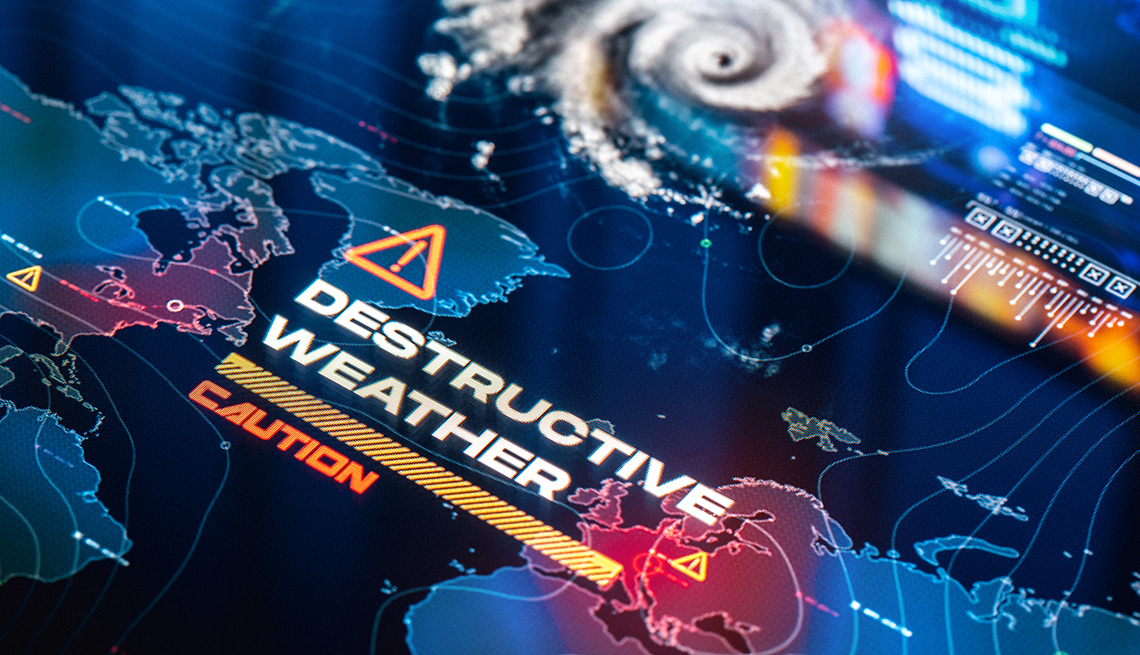


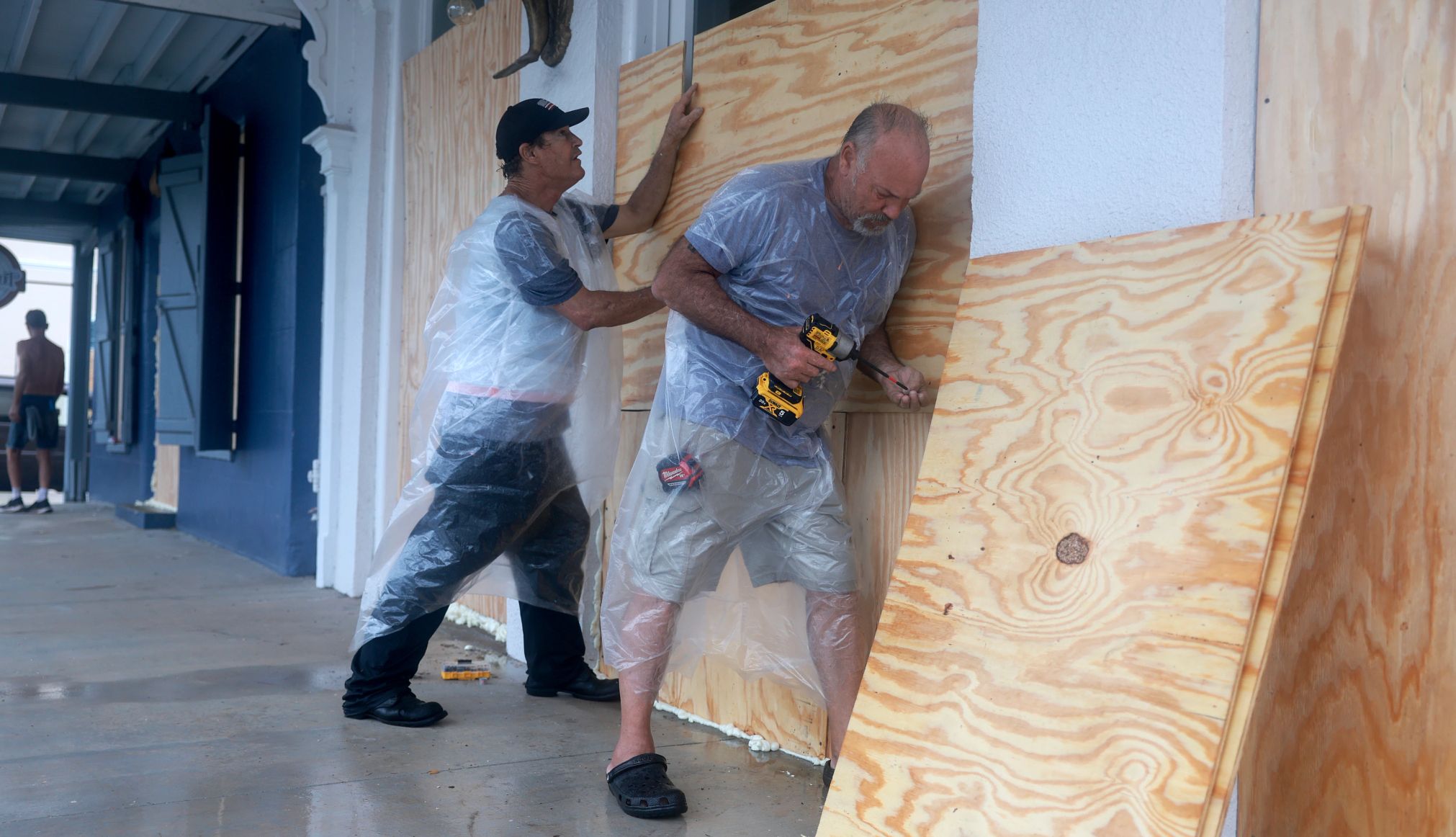
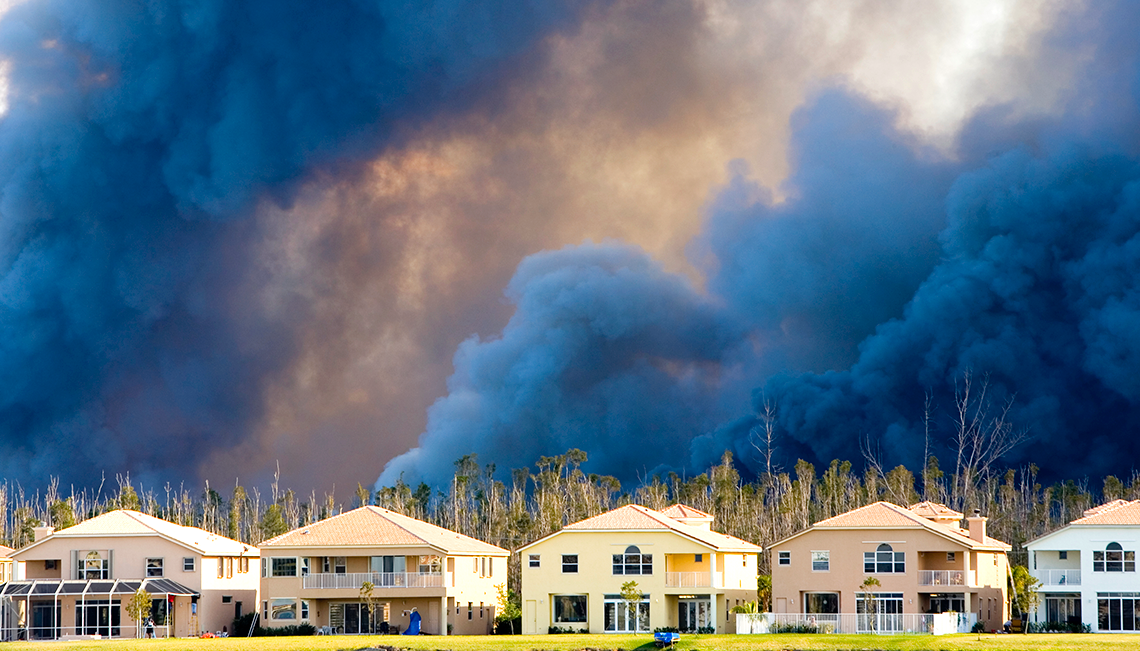
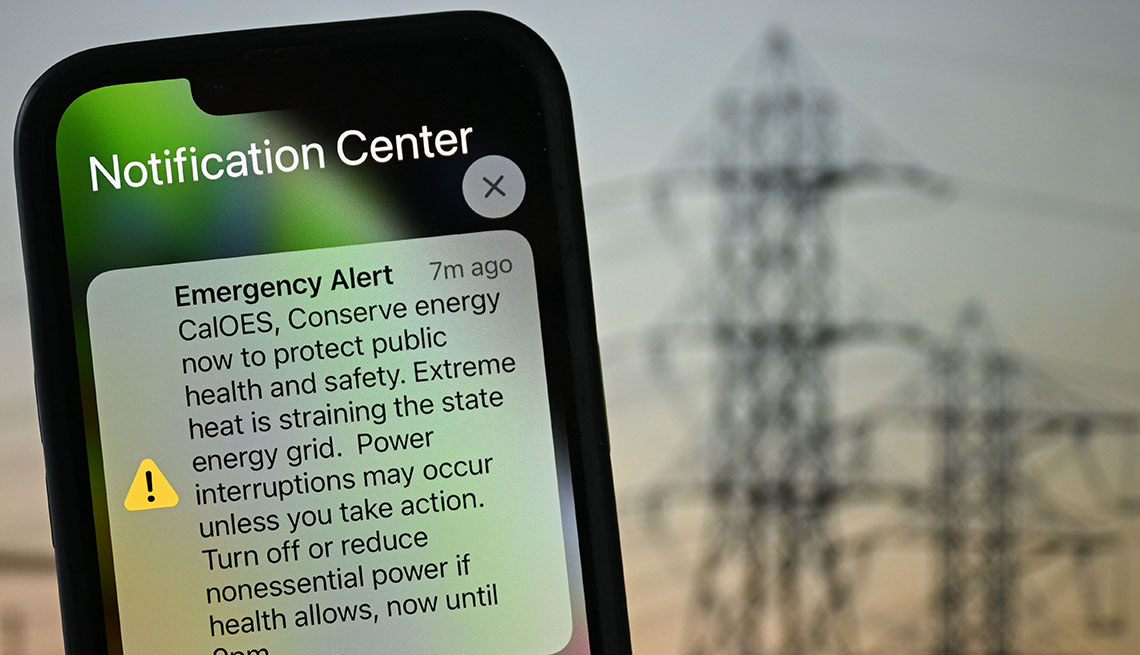
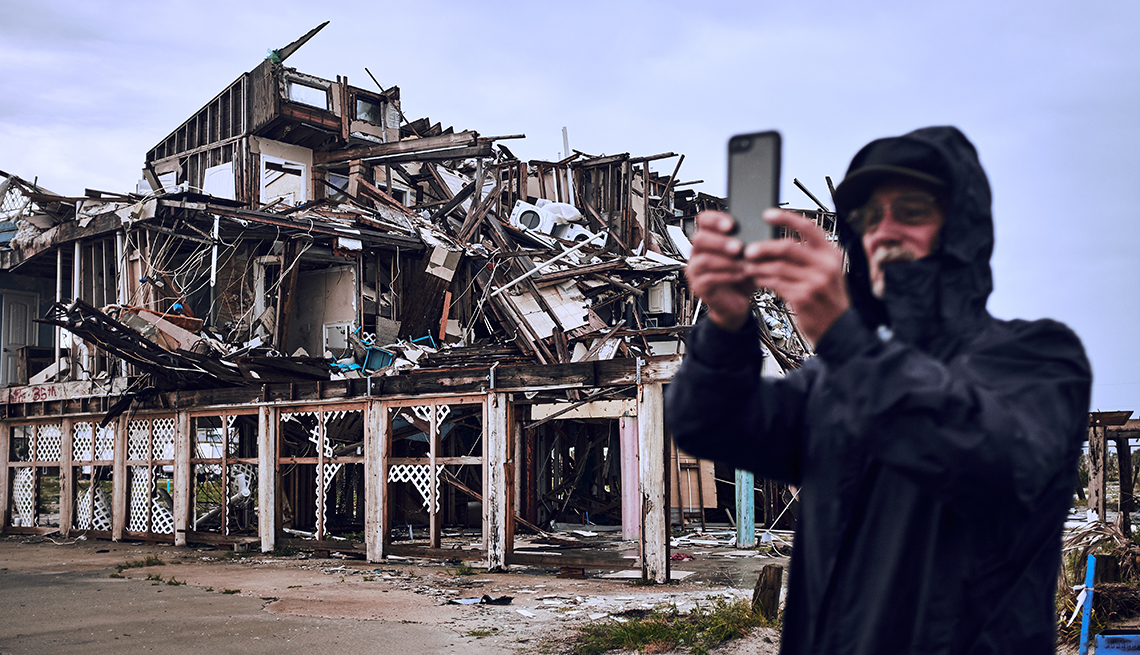
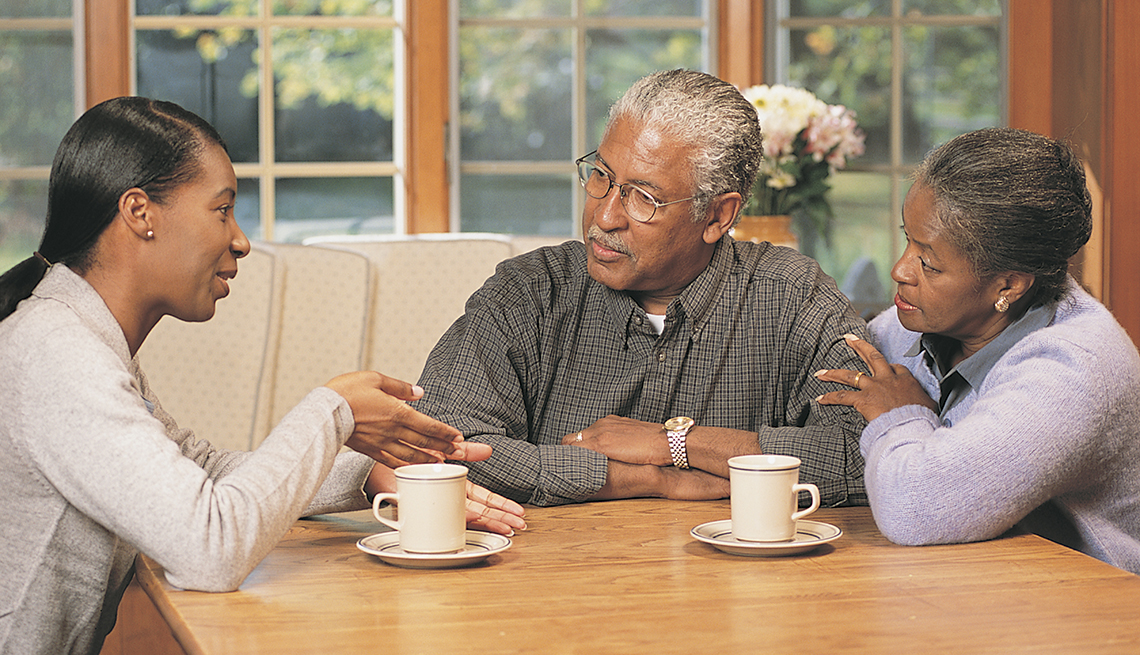


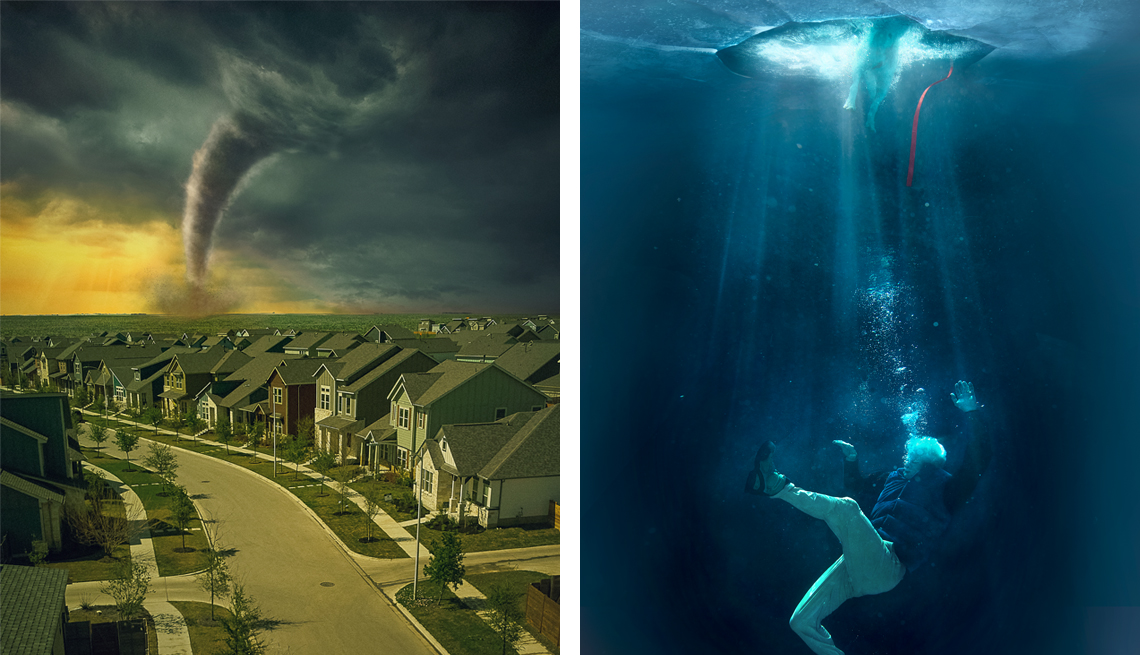
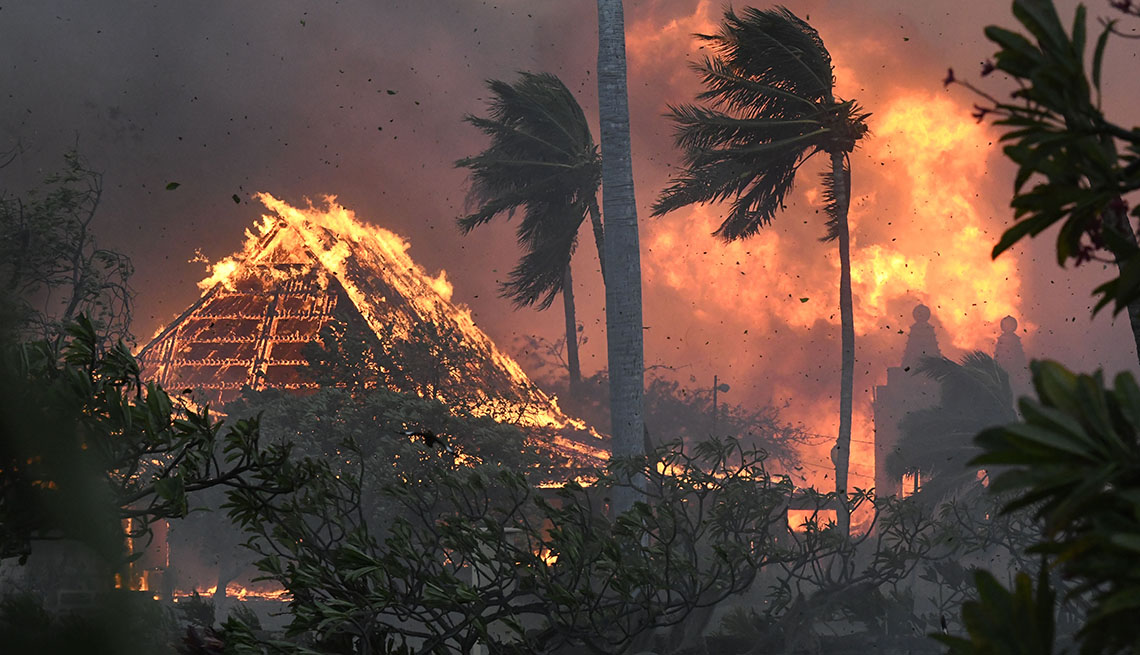




More From AARP
How to Prepare for a Wildfire
Plan, prepare, practice — and don't wait to leave8 Tips for Preventing Fires in Your Home
Maintaining smoke alarms, cooking tips and more